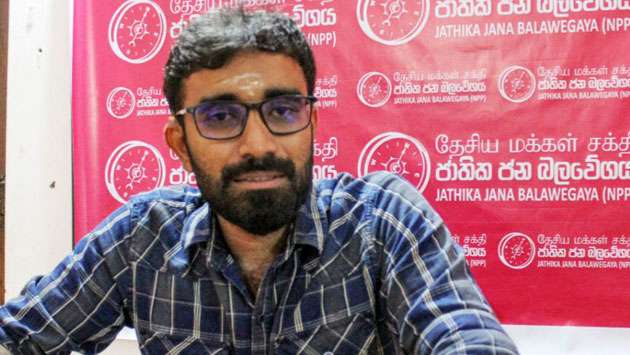Presidential Poll: How will second, third preferences matter in case no candidate gets over 50%?
29 July 2024 04:31 am Views - 164
- In case no candidate gets over 50 per cent, first two candidates will be declared remaining candidates, other candidates will be eliminated
- Afterwards, second and third preferences in the ballot papers of eliminated candidates come into play
- Such second, third preferences marked for the first two candidates will be added as final votes for them
- After the entire process is exhausted with the counting of second and third preferences in the ballot papers of eliminated candidates, whoever has the highest number of votes will be declared president-elect
- If equality exists between the votes of the two main candidates, winner will be determined by drawing lots
At every presidential election, it is a common phenomenon to see a dozen candidates or more. Still, the contest narrows down to two main candidates and the third one becomes a distant third as per the results of the previous elections. The candidate who polls more than 50 per cent of votes is declared winner. However, it is a tricky situation in case no candidate secures more than 50 per cent of votes. Then it leads to the counting of second and third preferences marked, by the election authorities.
This is how it is done, according to former Election Commission’s Chairman Mahinda Deshapriya and former member of the Commission M. M. Mohamed.
Let’s take for example! There are five candidates named A, B, C D and E with the total number of valid votes polled by all of them being 100. Let’s assume that A has 40, B 35, C 15, D six and E 4!
In this instance, the contest is between A and B as the candidates come first and second. They are considered the remaining candidates. The second or third preferences marked in their ballot papers are no longer considered for counting in the second round because they are now the only remaining candidates, whereas the others are eliminated from the contest.
As the next step, ballot papers marked for C are considered one by one. In case, a voter has marked his first preference to C and second to A or B, it will be considered as a vote for A or B. Then, this ballot paper is inserted into the ballot box meant for A or B. The third preference marked in this ballot paper is not considered. Also, a ballot paper marked for C as the first choice bears second or third preferences to D or E, it will not also be considered because these two are not in the contest or are eliminated candidates.
Likewise, in the event of a voter marking first preference to C, second to D or E and third to A or B, it will be considered a vote to A or B as the third preference.
In this manner, like ballot papers cast for C, the ones marked for D and E are checked for second and third preferences validly marked for A and B as the remaining candidates.
That way, let’s assume that A gets three additional votes with his total moving up to 43 and B has ten more votes now with a total of 45. The grand total is now 88. Out of it, B gets more than 50 per cent and is declared President. If any of the two does not get additional votes after counting second and third preferences, candidate ‘A’ who has the highest number in the first round itself will be declared winner.
Also, if both of them get an equal number of votes finally, the Election Commission can determine the winner by lot.
Voters can mark their preferences as 1, 2 or 3 in front of the symbols of the candidates of their choice.



